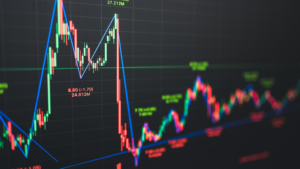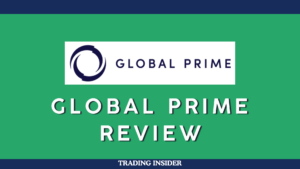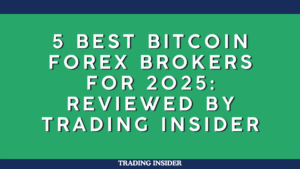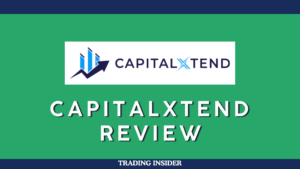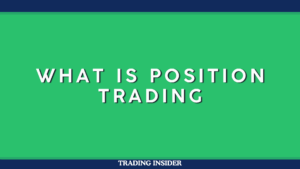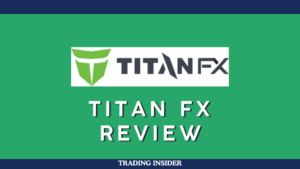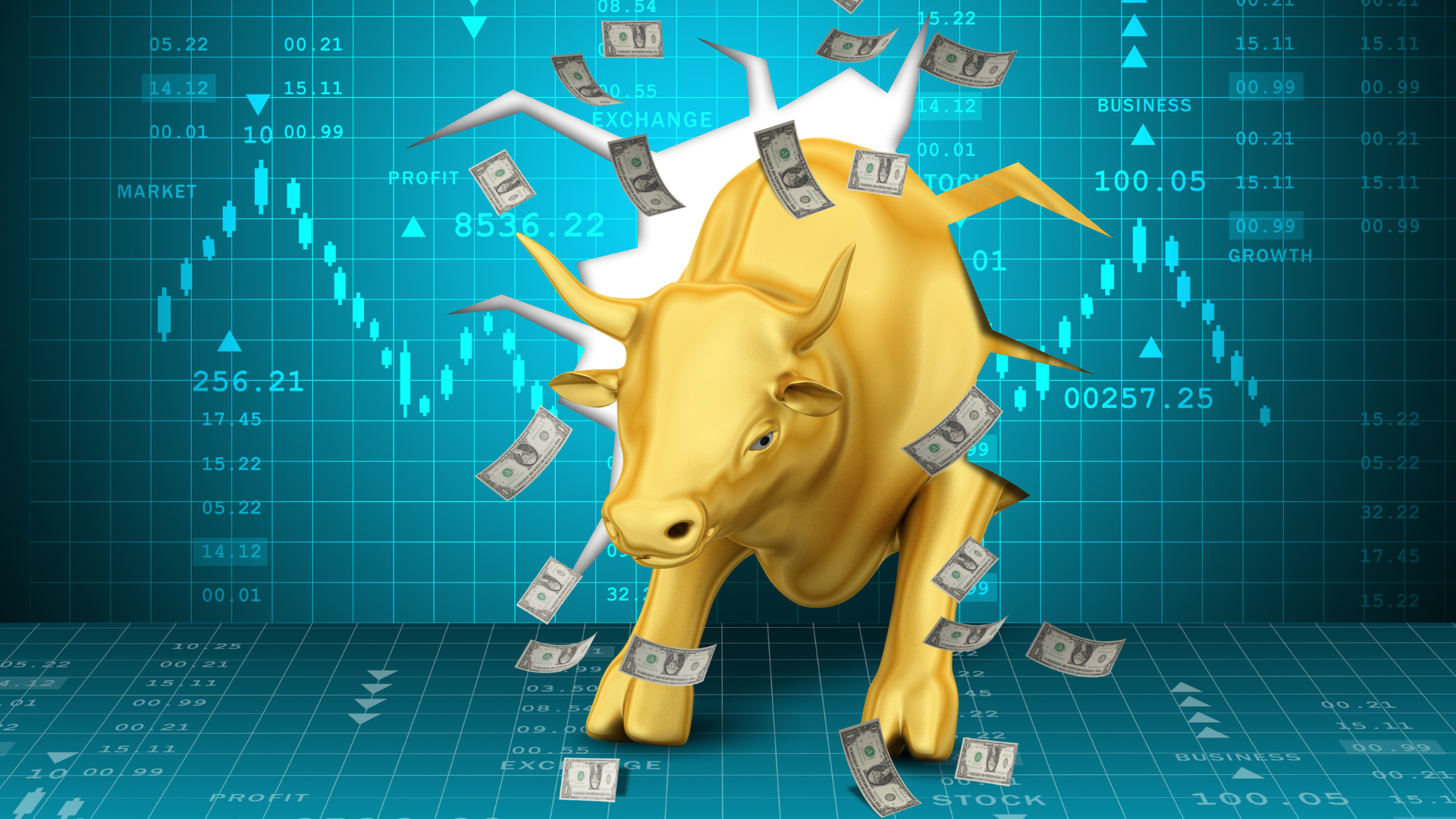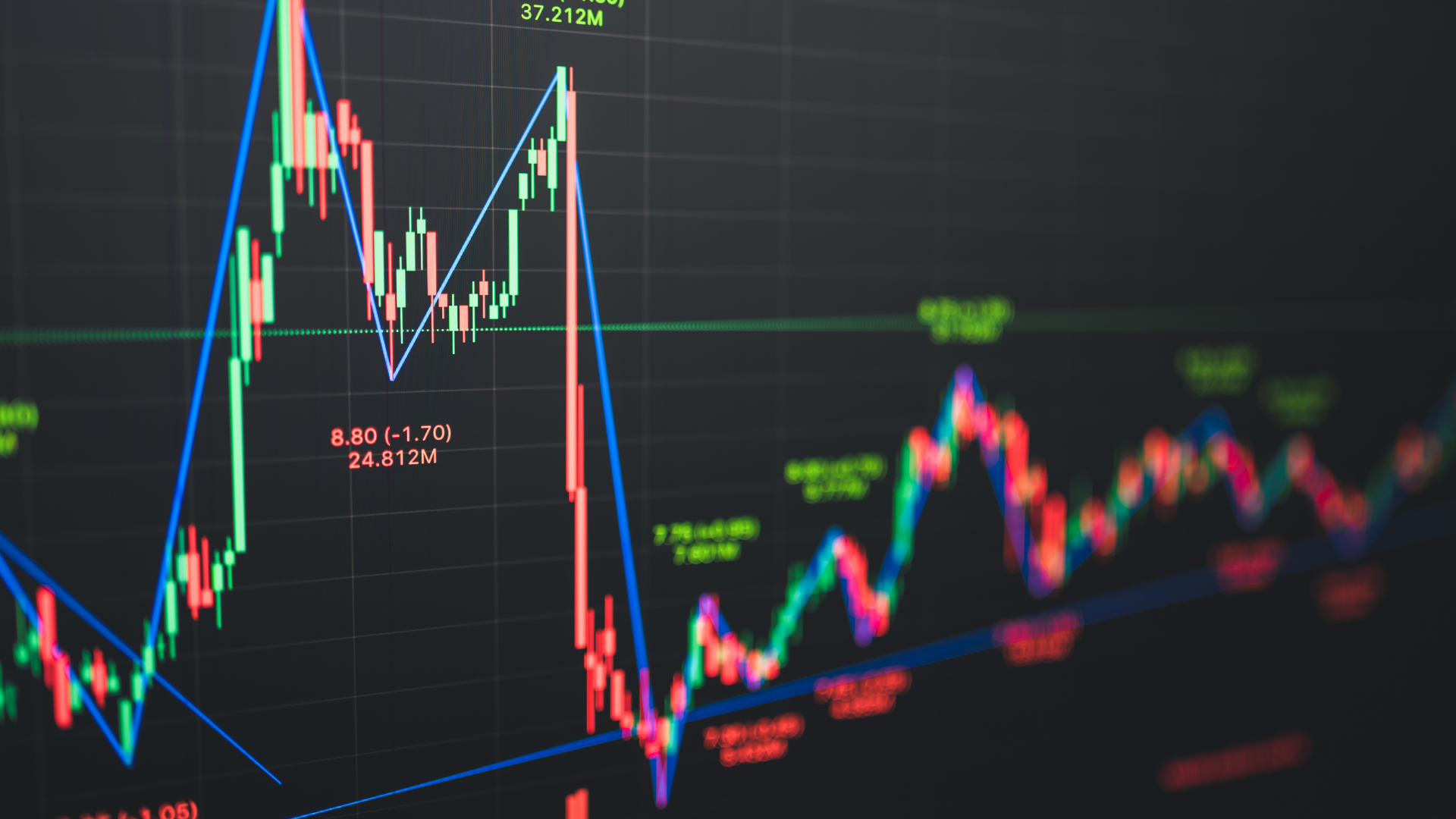Gold, a cornerstone of global markets, remains a reliable barometer of economic uncertainty. Recent price movements suggest a mix of investor confidence and caution, with long-term trends driven by central bank buying and geopolitical shifts. Meanwhile, short-term fluctuations are influenced by shifting interest rates and inflation expectations, as central banks grapple with economic slowdowns.
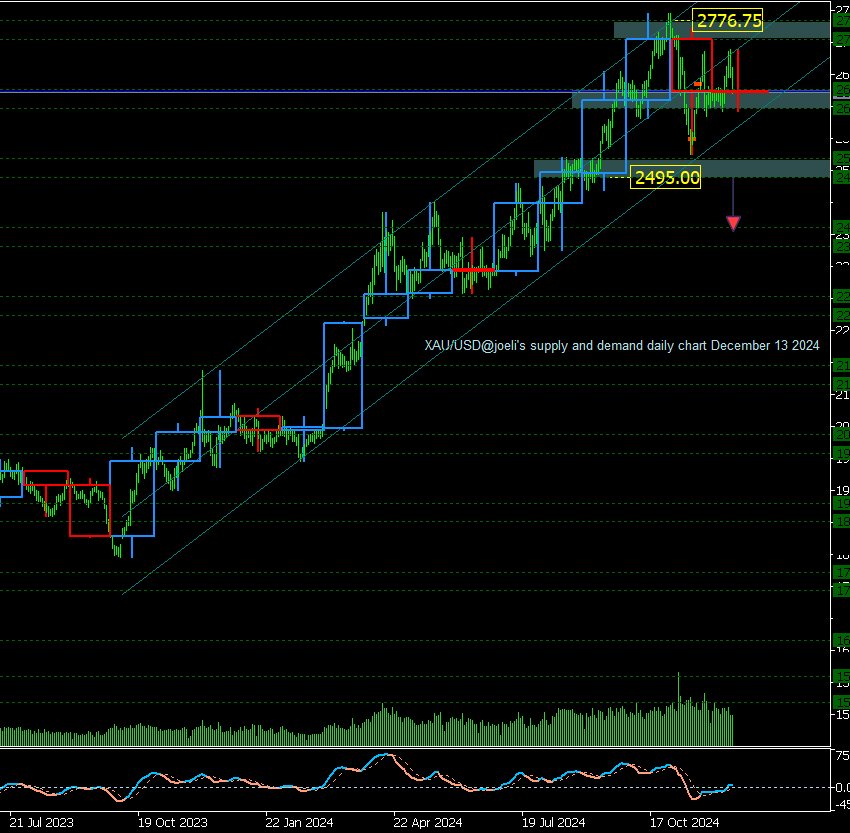
Source – FXStreet
Demand for gold surged in 2023, with central banks purchasing record volumes to diversify reserves and hedge against dollar volatility. This trend aligns with growing concerns over global financial instability, pushing long-term prices higher. Short-term, however, gold’s movements are tightly linked to U.S. Federal Reserve policies, as rising interest rates dampen its appeal by increasing bond yields.
Analysts forecast continued resilience in gold prices, citing its dual role as a hedge and investment asset. Near-term potential may fluctuate with macroeconomic signals, but gold’s enduring appeal as a safe-haven asset underscores its importance in diversified portfolios. As markets navigate uncertainty, gold’s status as a “golden constant” persists.



